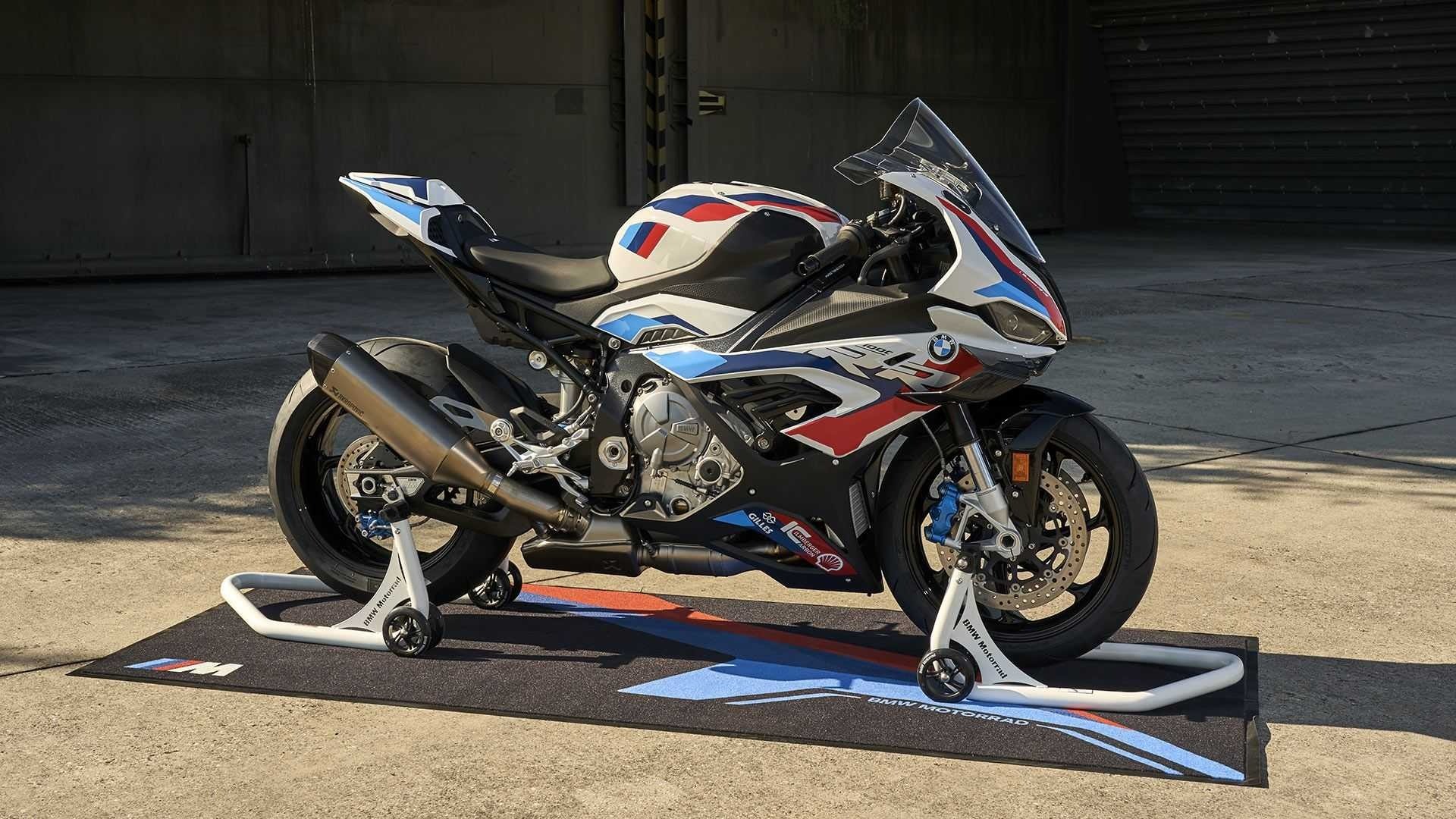New BMW M1000RR Is Your 212HP Track Weapon
If you like cars as much as you like motorcycles, chances are that at one point in your career as an enthusiast...

New BMW M1000RR Is Your 212HP Track Weapon
If you like cars as much as you like motorcycles, chances are that at one point in your career as an enthusiast, you’ve dreamed about owning a BMW M of some sort. Whicher number the M is followed by, the tri-colored badge has become a synonym of performance, thrill, and excitement at the wheel.
For a few years, BMW attempted to build a similar hype in its motorcycle line-up with the HP4 badge without nearly as much success. What was the only logical thing to do at that point? Use the proven M formula and apply it to motorcycles as well. A trio of M-branded trademarks appeared in Europe in September, 2019, and the first on the list has now made its official debut.
BMW Motorrad introduced the all-new track-ready M 1000 RR. Though the House of Munich previously released the M performance package that included accessories to improve the model’s handling, the M RR becomes the first motorcycle in the line-up to receive the proper M treatment.
In its M form, the inline-four is tweaked to churn out 212 horsepower at 14,500rpm—up from the “base” S that produces 205 horsepower at 13,000rpm—and 83 lb-ft of torque at 11,000rpm. The redline was also kicked up to 15,100rpm. Modifications to the interior components include new two-ring forged pistons, slimmer and lighter rock arms, machined intake ports with new duct geometry, titanium valves, as well as an optimized intake system with shorter intake funnels.
BMW also trimmed down whatever fat there was left on the already lightweight model to reduce its weight even further. The M is notably equipped with lighter pistons, Pankl titanium connecting rods, and an Akrapovič exhaust system which shaves 11 pounds off the standard model’s curb weight.
The RR remains true to its origins and is built on the same aluminum chassis as the S 1000 RR but the geometry was modified to enhance its handling on the track. Both the 45-mm upside-down fork and the rear strut and swingarm were also “optimized” with a slightly wider steering head angle and longer swingarm that increase the wheelbase by 0.7 inches and the ride height at the back by a fifth of an inch.
The model also becomes the first bike in the line-up to receive a set of M brakes that includes two 320-mm discs with four-piston calipers at the front and a 220-mm disc with a two-piston caliper at the back. The 17-inch wheels are now made of carbon and clad in 120/70 ZR 17 and 200/55 ZR 17 tires front and back, respectively.
From an aerodynamic standpoint, BMW took a page out of Ducati and Honda’s books and added a pair of clear-coat carbon winglets to increase the downforce at higher speeds and improve wheel contact.
On the technological front, the M comes with all the bells and whistles, including two adjustable throttle curves, five riding modes, launch control, dynamic traction control, hill-start control, pit lane limiter, navigation, and a 6.5-inch TFT display.
BMW has yet to announce U.S pricing. In the U.K., the price tag is set at £30,935 (US$39,385) while in Canada, the bike goes for CA$42,400 (US$31,815) so we can expect the new M 1000 RR to range somewhere between the two. That's a far cry from the former HP4’s and its eye-watering $95,000 price tag but this time, BMW is eyeing a WSBK championship and has to respect the price cap, which keeps the bike more “reasonably” priced.